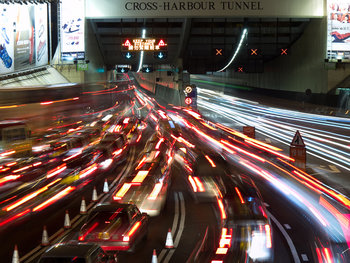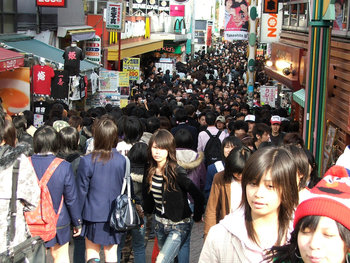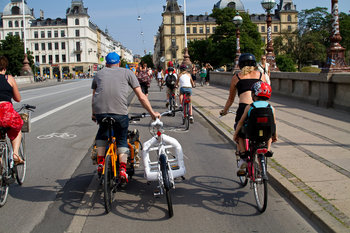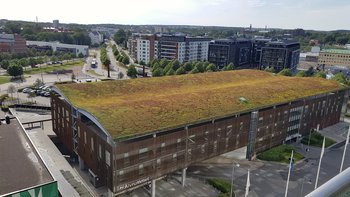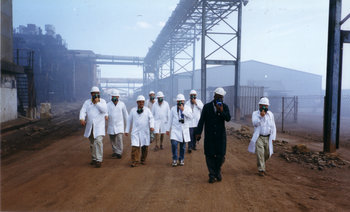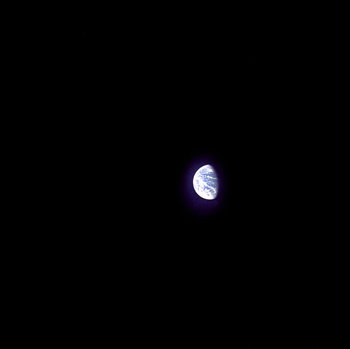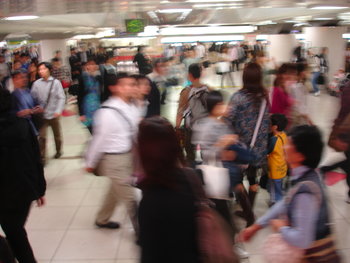Cities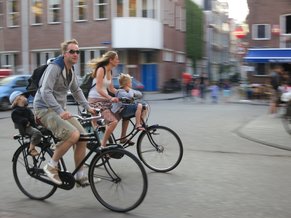 Related Guides
| |
Induced traffic is the idea that making roads wider makes traffic worse over time. It is associated with the extremely wide highways that have been built in North America and the observation that they don't appear to solve traffic issues and potentially make them worse by inducing demand.Induced demand is a well known economic theory that suggests that capacity tends to fill up, particularly for a free resource such as toll-free roads. In the case of traffic, wider highways may encourage people to buy cheaper houses further from a downtown core. Core highways that have been widened fill up and worsen traffic that pours into urban roads that are a fixed size due to constraints such as dense private property.The idea of induced traffic can partially explain why cities with mid-sized populations and large highways such as Toronto may have worse traffic than far larger cities with comparatively narrow highways such as Tokyo.
Induced Demand and TrainsInduced demand can also be applied to public transportation where it may have positive effects. For example, building a high-speed rail network may drive large numbers of people to public transportation as it cuts their commute time. This will tend to fill trains and buses that connect to the high-speed system. This can be a solution to low usage of public transportation that prevents a system from achieving economies of scale.|
Type | | Definition | The theory that making roads wider makes traffic worse over time. | Cause | Wide highways may encourage individuals and businesses to locate further from downtown.Wide highways that connect to smaller urban roads may create a system filled with bottlenecks. | Related Concepts | |
Society
This is the complete list of articles we have written about society.
If you enjoyed this page, please consider bookmarking Simplicable.
© 2010-2023 Simplicable. All Rights Reserved. Reproduction of materials found on this site, in any form, without explicit permission is prohibited.
View credits & copyrights or citation information for this page.
|




